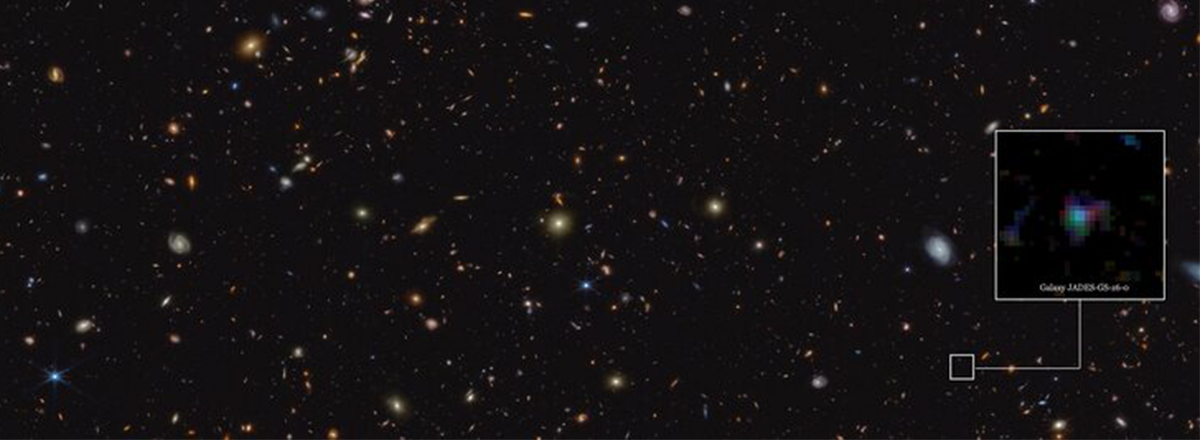James Webb Space Telescope Discovers the Earliest-Known Carbon Dust
This revelation challenges existing theories on the chemical evolution of the universe, as the detection suggests that galaxies formed and enriched with carbon much more rapidly than previously believed.

The James Webb Space Telescope has detected the earliest-known carbon-rich dust in ten different galaxies, existing just 1 billion years after the Big Bang. This revelation challenges existing theories on the chemical evolution of the universe, as the detection suggests that galaxies formed and enriched with carbon much more rapidly than previously believed.
The detection of carbon dust was made possible by examining the light spectrum of the galaxies using the JWST Advanced Deep Extragalactic Survey (JADES). The aromatic hydrocarbon dust left its unique "fingerprints" in the light spectrum, indicating its presence.
The traditional model of the universe's chemical evolution suggests that heavier elements like carbon are forged within stars and later dispersed through supernovas, enriching the surrounding interstellar dust and forming new generations of stars and galaxies. However, the discovery of carbon-rich dust in galaxies estimated to be just 10 million years old challenges this model, implying the existence of a rapid creation and dispersal method for carbon.

